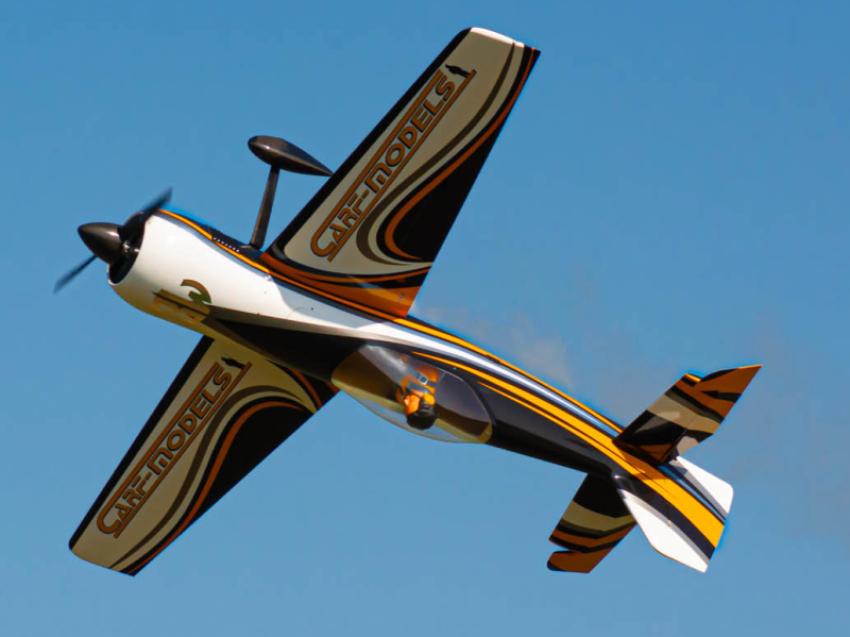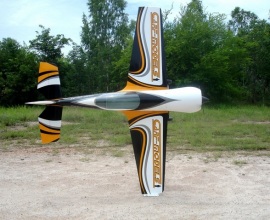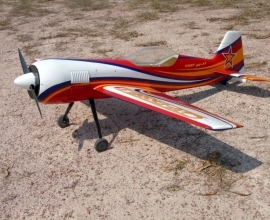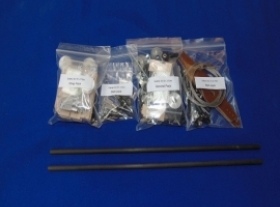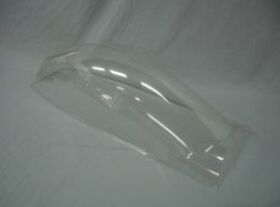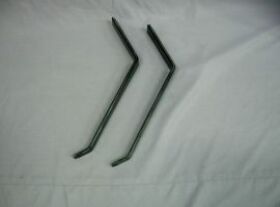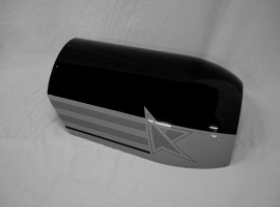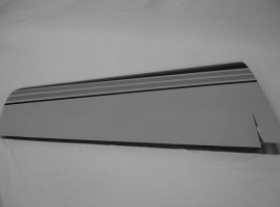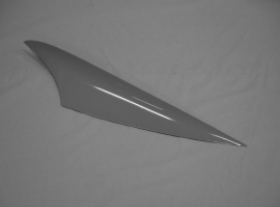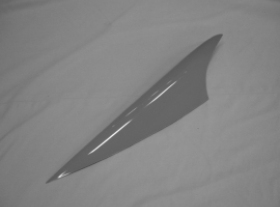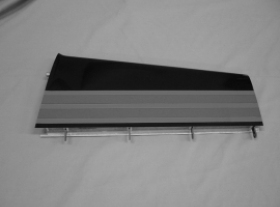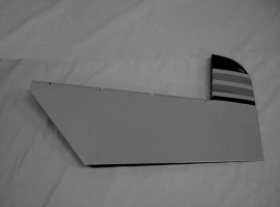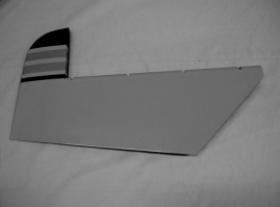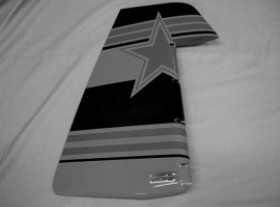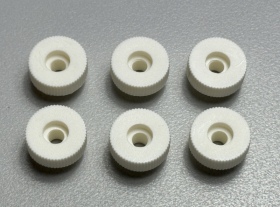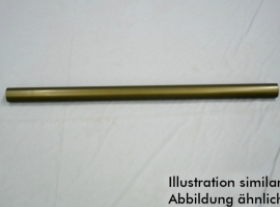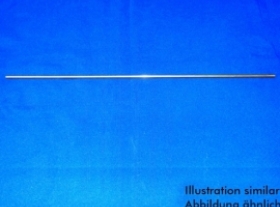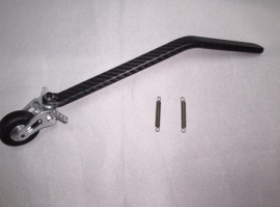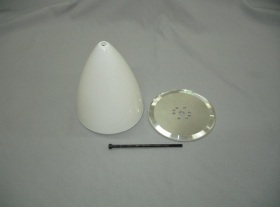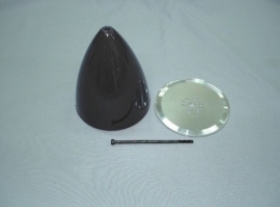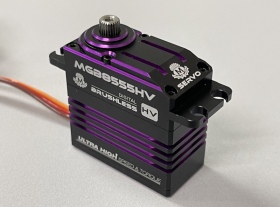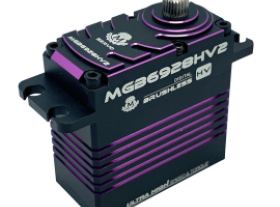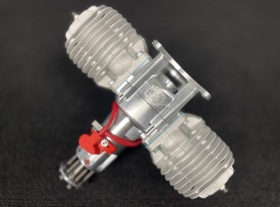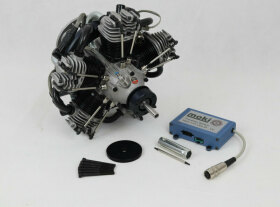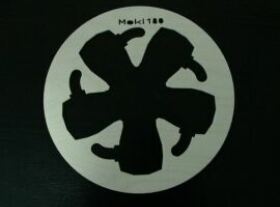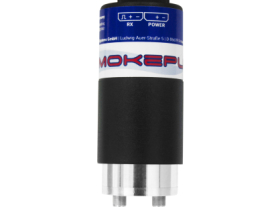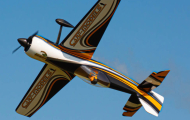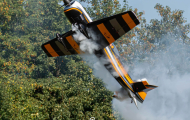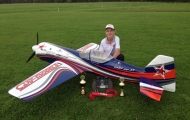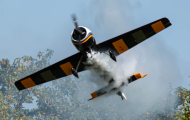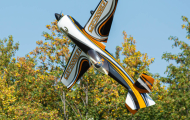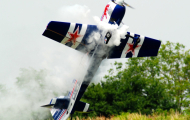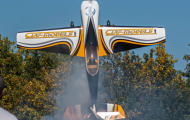With 2.75m wingspan this aircraft is just that little bit bigger than a typical „100cc“ aerobatic plane, and just that little bit smaller than giant the 3m machines which not everybody can transport and store so easily. The 2.75m wingspan has proven to be the golden compromise for many. This SU is a pattern machine, perfectly suited for F3A-X. Almost „square“ dimensions will give any pilot the competitive edge over most of the pack. For 3D flying, the 2.75m wing with its thick trailing edges is putting the model into action in any airshow or freestyle contest.
The choice is yours. You can‘t only chose between several standard or even custom color schemes, you can also choose the wing type, thus the flying style and competition performance. The CARF-SU-31 2.75m is another rule breaker and rule maker in its class.
ARF KIT Features
The average weight is going to be somewhere between 13 and 14 kg. For an over 2.5m long airplane a very impressive value. We know that weight wise we will never be able to compete with a super-light Chinese balsa airplane, but as soon as you have your first contest in somewhat windy conditions, you will know why our philosophy rules. And if you look at your plane after 2 years of active flying, still looking like new out of the box, you will realize that all her wooden companions have vanished meanwhile. Also you’ll notice that our Sukhoi looks like a Sukhoi. It’s not an Extra with a round cowl and it’s not a Yak-54 where the designer had no clue how the full scale aircraft ever looked. It is an aircraft with the same looks, with the same character as the full scale. And still, it has all the tweaks and modifications we modelers think a successful contest plane must have to be competitive at highest levels. The CARF-Models SU-31 2.75, is a marvel in its class, a joy to build and to fly and a beauty to look at. It’s a plane where only you on the stick are the limit.






Fuselage & Cowling
The fuselage is impressively large, over 2.5m long with Spinner. That comes close to some of the smaller 40% airplanes out there. The cowl has 36 cm diameter, so there is plenty of room to fit any kind of engine. The fuselage has the typical 3 design features, which is a strong aircraft grade and carbon reinforced landing gear mount, the dual former setup behind the canopy and inside the rudder fin, and the 2-part cowling to allow easy access to the engine and canister arrangement. There is plenty of room inside the fuselage for canisters or full pipes. Canopy frame is long, even though the canopy itself is quite short, which allows easy access to everything.


Wings
The 2.75 m wing has not only extended wing tips, it also has a slightly thicker airfoil, resulting in a thick trailing edge of 5-10 mm from tip to root. It is designed for 2 aileron servos, where the outer servo has been moved inwards. A single servo setup doesn't seem to be working safely anymore, since the torque of the extremely powerful servos needs to be brought into the aileron somehow, and the light weight structure of a control surface can only take so much load on one specific point. So the two servos are highly recommended, even though they do not need to be symmetrically distributed over the wing span. A 40 mm aluminum tube as a standard wing joiner has proven to be sufficient for this size of airplane and can be upgraded by the many aftermarket carbon tubes available today.

Stab
The stabs are joined to the fuselage with a 20 mm aluminum tube. The elevators are center hinged on an aluminum hinge tube. Each half is prepared for a drop in fit of a single high power servo. The rudder is also center hinged. The SU-31 is not very CG sensitive so there is the option for a direct drive rudder setup, even though we include a 2-servo tray which mounts behind the canopy area on the fuselage bottom. Of course all control horns are installed and all allignments are done and ready out of the box.


Engine Choice
The DA 120 has proven to be a fantastic power source for this airplane. Even with a larger 3-blade prop there is still sufficient power for any aerobatic maneuvers within an unlimited sequence. For 3D a smaller prop can be mounted to make the engine more reactive on throttle bursts. However, we are currently installing a 3W 114 four cylinder in one and will keep you updated how this will work. this engine has become the most sought after powerplant for the F3A-X scene in Germany and we are confident that the plane is going to work very well with it. So far, any 100-120 cc engine will be suited for the plane. In terms of radial power, the Moki 180 5-cyl could be a great choice, too.
As usual, with our SU-31 2.75m you get an extremely well prefabricated airplane. It is super-strong, yet light weight and well-engineered for the flying stresses in competition. Made for 100-120 cc engines, it will also house the 3W 114 four cylinder engine, which many favour in this class.


Accessories
For our SU-31 2.75m, we offer a wide range of accessories. These include DA engines, fuel tank, smoke tank, smoke pump, and power supply. In addition, we offer high-quality MacGregor servos in combination with our very own CARF-Models servo arms – perfectly matched to the model and the demands of a high-performance aerobatic plane.






Various Color Schemes
Like all our airplanes, the SU-31 2.75m is no different. They boast meticulously applied PU paintwork, expertly executed in the molds. Explore a gallery of our stunning paint schemes in our shop, showcasing a collection of past projects, some of which were crafted to match unique customer requests. If you're seeking a personalized touch, we offer color swaps and completely custom designs developed through collaborative efforts between you and our skilled artists. Below are our Standard Schemes and a few standout examples:






Flying Characteristics
Both examples, the 40% and the 35%, are renowned for their consequent adherence to scale accuracy, so also the smaller CARF SU-31 (35%) faithfully mirrors the iconic Sukhoi Su-31's aerobatic capabilities. Designed with precision aerobatics in mind, it gracefully performs also aerobatic freestyle maneuvers with impressive agility. Due to its long fuselage, large stab surfaces and draggy round cowl you will love its exceptional stability, constant speed and precise handling. These fantastic aerobatic capabilities make it a preferred choice for both sport pilots and competitive precision pilots alike. The SU-31 stands as a rock solid example of outstanding flight performance. For a 35% example it has gained a remarkable following within the community of aerobatic pilots world wide, because it flies and feels "big".


The SU-31 definitely a great pattern machine. It flies through any sequence with 40%er authority but with 35%er equipment. It rolls very fast and true, still allows soft aileron corrections around the center without feeling aggressive. It snaps extremely well and it barely needs any mixing to compensate knife edge coupling. The long fuselage and the large tail allow to experiment with the CG a lot, the plane has a very wide CG range. A total weight of around 13 kg (28 lb) is absolutely perfect for sequence flying, and responsible for the high authority in the air in the first place.



